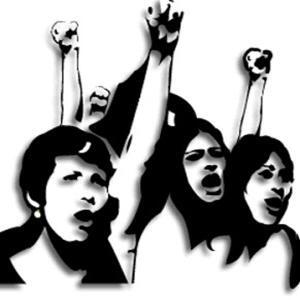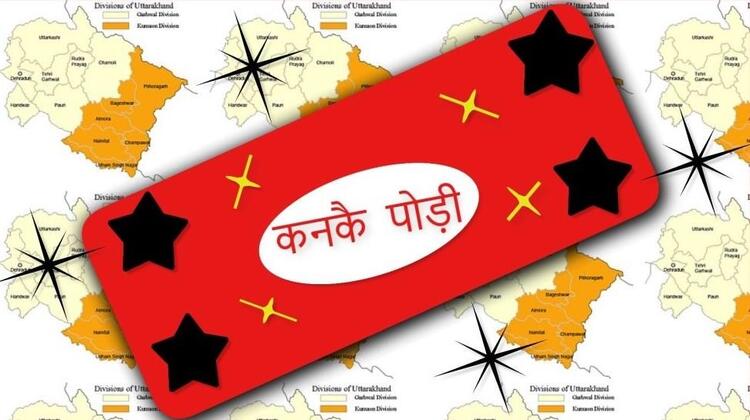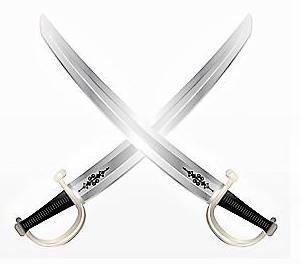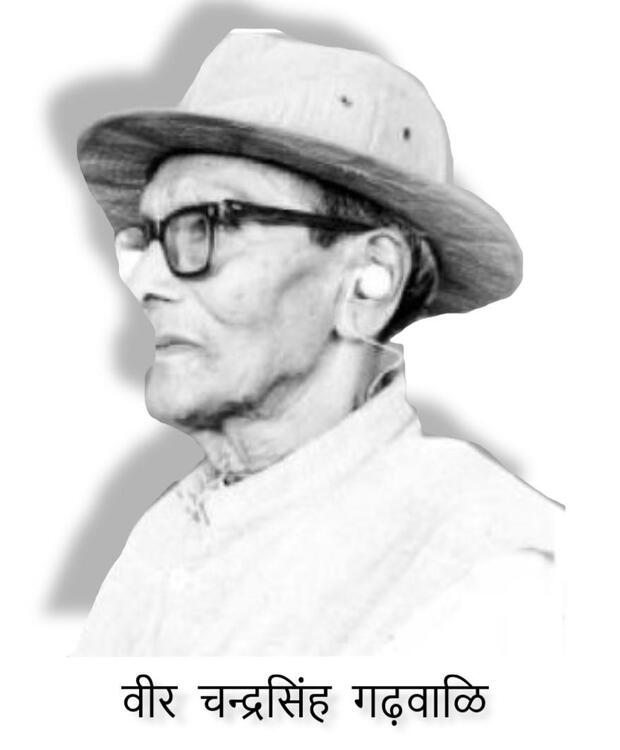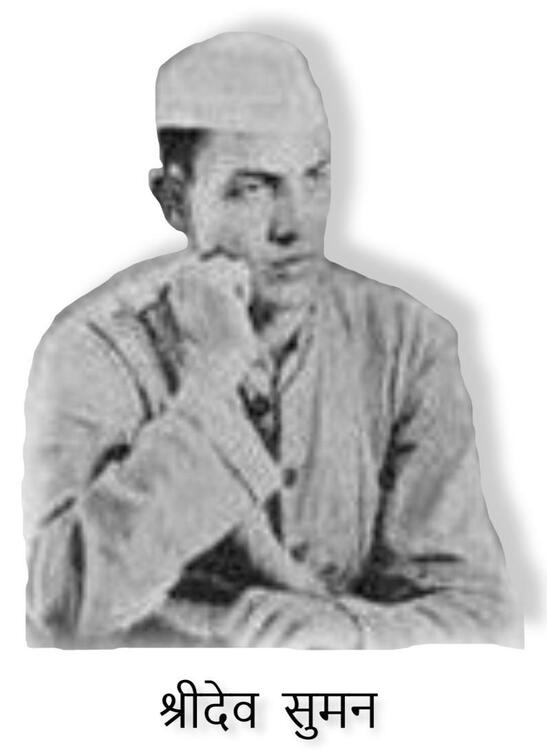ely destroyed. The king's court was no longer able to live, and the tremors of this earthquake continued for a long time, and many villages were also destroyed. This caused a dangerous famine, and in these days, Pradhadhnshah (1797-1804 AD) was the king. Now it was a famine that in those days Nepal's politics was in the hands of the Gorkhani Rani. And Kumaon Garhwal was in possession of Gorakha’s from 1790 AD. It was a great time to fight Garhwal, and he started his fight in Garhwal, in the year 1803 AD Sun, under the supervision of the army, Amar Singh Thapa and Hastitha Chautriya, the army commander. Then the King Pradhdhamshah had to leave Srinagar, but the king did not give up, and on 14 May 1804, Raja Pradhhamnshah died in his hands at the battle of Gudhadda in the place of Khudbuda in Dehradun. In such a situation, the Gorkha’s declared their state on the entire Garhwal. He ruled for a long time, but some other kings were against them. But they did not have such a force that they could fight with them, so they asked for help from the British, and promised to pay the money. And they defeated Gorakh in the battle and forced the Gorkha’s to return from Garhwal. But when Gorkha went away, they did not have the courage to pay according to the promise, because they had no money, so in return, so the British handed over Tehri Garhwal to the East India Company, this is second part of Garhwal.
From 1856 to 1884, the time of British rule was considered as a sate, at that time the supervision of Uttarakhand was in the hands of Henry Ramzai.
Protest
After the end of the Gorkha regime, when the British rule started in Garhwal, at this time Sudarshan Shah was overseeing Tehri Garhwal's grove. And at this time there was no evil desire against the British in anybody's mind, and after getting freedom from the Gurkhas, they understood the British as a salvation. That was the reason that this movement of independence in Garhwal started in the 20th century.
In 1919, Barrister Mukandilal together with Anusuya Prasad Bahuguna, laid the foundation of National Congress in Garhwal. At that time, Mathura Prasad Nathani, Bholadatta Chandola, Bholadatta Dabral and many people took part in the Satyagraha movement very fast. The fire of this movement was burnt in Garhwal till 1929.
On 23 April 1930, well-known Veer Chandra Singh Garhwali made history by killing a
